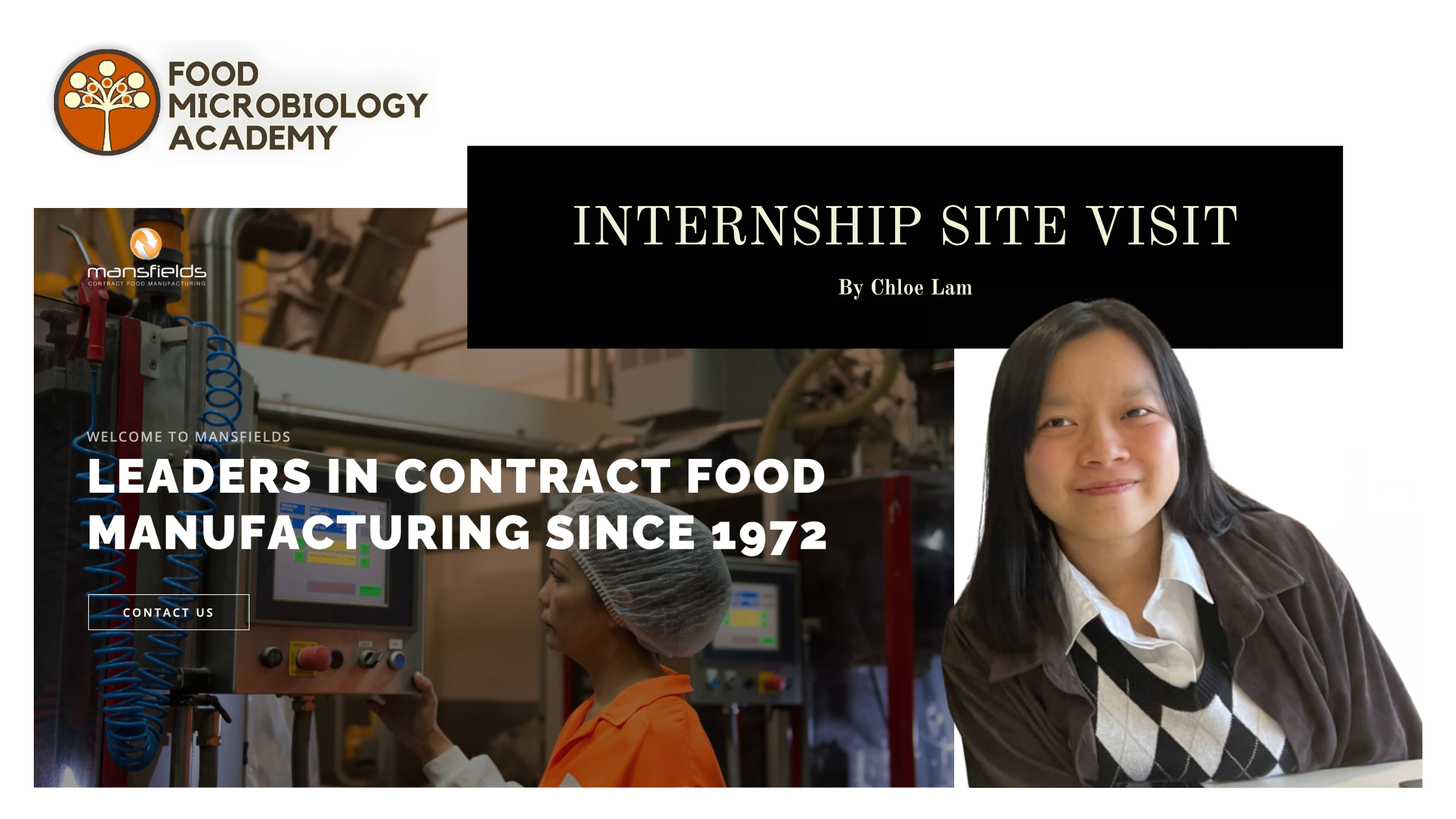Between June 24 and July 18, Chloe Lam (a 3rd-year Biomedical Science student from Monash University) undertook a period of industry experience with us. During this time, Chloe joined one of our collaborative partners, Lasanthi Jayandra, at the Mansfields manufacturing operation in the Melbourne suburb of Keysborough. This is Chloe’s reflection on that visit...
Mansfields Contract Manufacturing is an Australian company with over 50 years of experience. I am privileged to have a tour of the site. Mansfields has an extensive range of clients from the food industry including Coles, Aldi, and Cadbury. It provides dry food manufacturing services, which mostly are dry powders. Mansfields is responsible for packaging, sometimes even blending, dry food products, including soup powder, nuts, and baked pre-mixes.
General food packaging process
The dry powder usually comes in bulk bags. If blending is required, it would be put into a mixer to blend different powders in designated ratio. The powder would be filtered through a sieve to ensure no foreign particles, such as plastics or wood, are in the food powders. The powder would then be sucked up using a vacuum in a Floveyer. There is an in-lined metal detector (MD) to divert or reject any detected metals in the dry powders. The diverted powders would be sent to Quality Assurance (QA) to check for the presence of metal. These powders will never be put back into the batch and will be discarded. These are essential measures to avoid physical hazards, where the metal detectors are employed as a critical control point (CCP). The dry powder in the system would then pass through a filling hopper with a sieve and get filled into their packaging. These primary packets would be weighed to ensure the net weight matches what is written. If the weight is not within the desired range, it will be unpacked and put back into the batch. Those that fulfil the weight requirement would be sent to secondary packaging through a conveyor. Any primary packets that fall out of the conveyor (e.g. dropped onto the floor) would be sent back to the filling hopper to ensure no foreign object contaminates the food. The secondary package would be weighed again to ensure they meets the requirements. These products would be sent to distributors or supermarkets.
Packaging machines on site
There are 3 main types of packaging machines they use on site, for a variety of products.
- Bartelt
Bartelt is a packaging machine that is typically used for pouches and pocket packaging. The machines are mainly used for packing soups and fry-breading mixes which are contained in pouches. If the soup contains crotons or noodles, another bulk bag would be pumped into the filling hopper to mix into the final product.
- Bagger
Bagger packaging machines are commonly used for filling sachets. A common food product that uses the bagger type is instant chocolate.
- Wheel-head
This type of packaging is used to pack dry foods into jars. Nuts would be filled into jars through a wheel-head. These machines for filling allergens would be placed at a distance from other machines and will not be shared. Extra measures, such as wearing extra PPE and taking off the PPE before leaving the area, are also implemented. This way, the chances of cross-contaminating other products with the allergen would be reduced.
Food safety measures
There are a lot of controlling measure that a food industry would implement to ensure food safety. Food Standard Cide is one of the binational ANZ legislation controls which has restrictions for the packaging of food. Another common system to prevent food recalls is the HACCP plan which identifies risks and provides control measures for every stage of food production, even covering transporting and distribution.
- Quality assurance
There is a quality assurance team on-site to ensure food safety. They ensure the process and products meet the standards specification. To maintain food safety, the quality assurance team would conduct a hazard analysis to identify potential risks along the production process. Strategies include implementing the HACCP system. There would also be regular internal and external audits.
- Requirements on personal hygiene
The site has a high requirement for personal hygiene, where staffs are required to wash their hands before entering packaging areas. Moreover, PPE, including gloves, safety shoes and hairnets are compulsory around the factory. In addition, any staff who caught a communicable disease would need a medical illness clearance issued by doctors before going back to work.
- Regular metal verification
Metal detectors would be tested regularly to avoid the entry of metal particles. A metal ball would be shot into the Floveyer to test if the metal detector is working. If it is working, the metal ball will be ejected from the system. Different metal balls (ferrous, non-ferrous and stainless steel) would be shot into the system to mimic any possible type of metallic contaminants.



